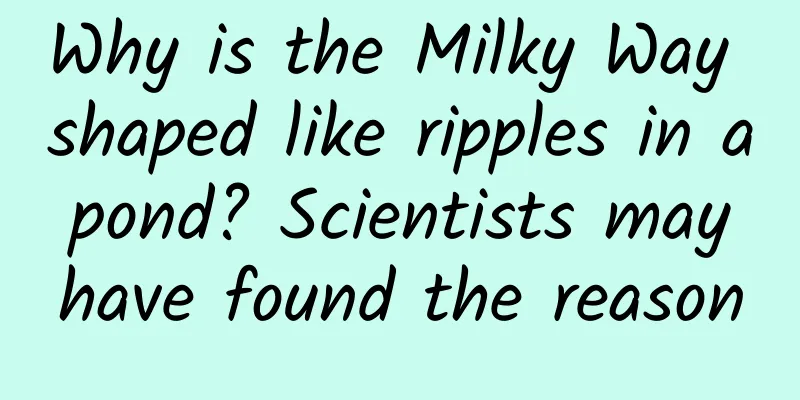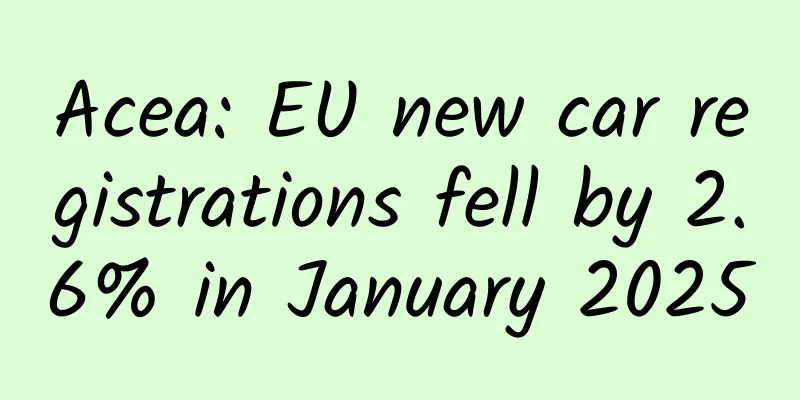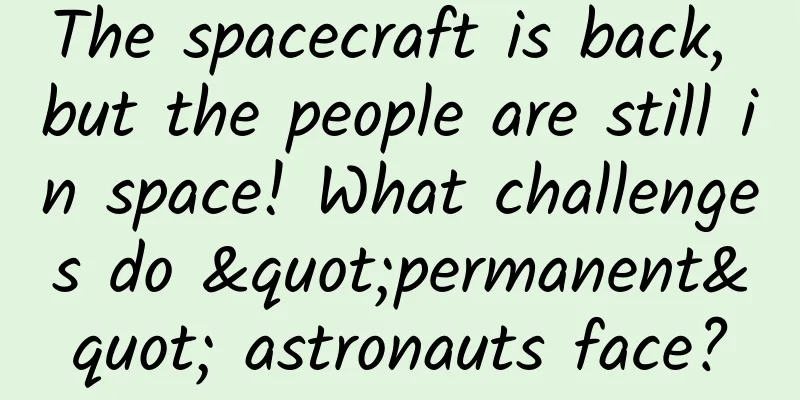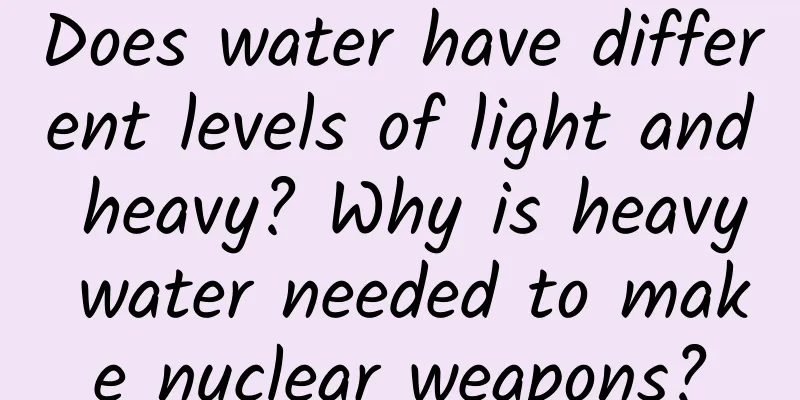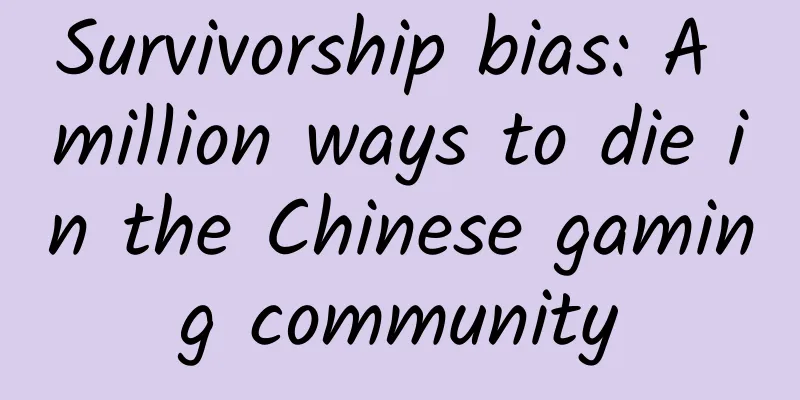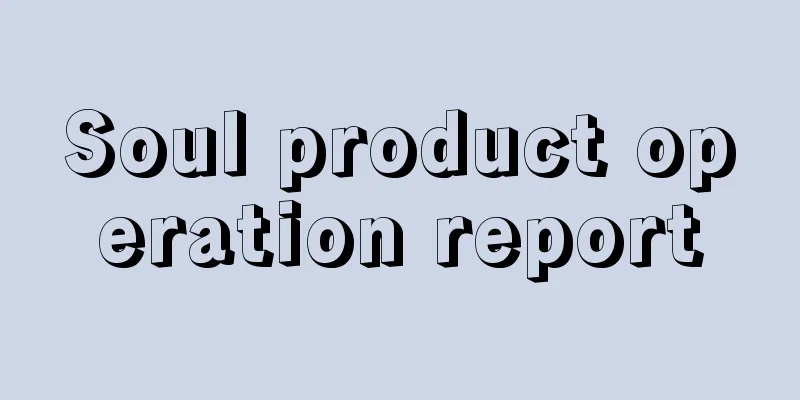Why do the elderly use more diuretics and the young use more sartans to treat hypertension?
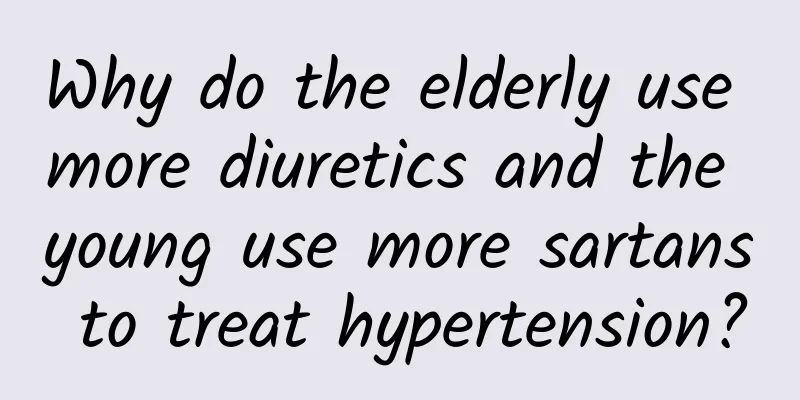
|
A friend of Huazi has been having headaches recently. He measured his blood pressure at home and it was 139/98 mmHg. He asked Huazi what to do. Huazi said that if the low blood pressure exceeds 90 mmHg, it is high blood pressure. However, if the low blood pressure does not exceed 100 mmHg, you can try lifestyle intervention to lower your blood pressure. Try eating less salt, exercising more and maintaining a regular schedule. A friend asked, if lifestyle intervention is ineffective, what antihypertensive medicine should be taken? The elderly at home take hydrochlorothiazide, can he take it? Huazi said that hydrochlorothiazide is a diuretic, which is more suitable for elderly patients with hypertension. Young hypertensive patients like him use more sartan drugs. 1. Characteristics of blood pressure at different ages. In classic hypertension, both high and low blood pressure levels increase. However, the characteristics of blood pressure in the elderly and young people are different. In the elderly, high blood pressure usually shows an increase in high blood pressure, while the low blood pressure remains unchanged or is slightly lower; while in young people, the low blood pressure usually shows an increase in low blood pressure, while the high blood pressure is normal. Blood pressure is divided into systolic pressure (high pressure), which is the pressure exerted by blood on the large arteries when the heart contracts; and diastolic pressure (low pressure), which is the force when the large arteries retract when the heart relaxes, pushing blood to the peripheral arterioles. The elderly have a high degree of aortic sclerosis, which creates a large resistance when the heart pumps blood, so the high blood pressure increases. Aortic sclerosis leads to insufficient elasticity of recoil, so the low blood pressure remains unchanged or is low. Young people have normal elasticity of aorta, but high resistance of peripheral arterioles, so the high blood pressure is normal, but the low blood pressure increases. Second, different blood pressure types require different medications. Elderly hypertension with elevated systolic blood pressure (high blood pressure) is mostly salt-sensitive, with increased blood volume. Therefore, diuretics are used to promote water and sodium excretion, reduce blood volume, and have a significant effect on reducing high blood pressure. Young people with hypertension, mainly characterized by elevated diastolic blood pressure, usually have higher renin levels, which cause peripheral arteriolar constriction and increase resistance through the "renin-angiotensin-aldosterone" system (RAAS). Therefore, sartan drugs are used to block angiotensin 2 receptors, inhibit RAAS, and lower diastolic blood pressure. Prils can also inhibit RAAS, but they are prone to cause adverse reactions such as dry cough, so sartans are more commonly used. If the resting heart rate exceeds 80, it means that the sympathetic nerve tension is too high, and loral drugs are needed to effectively lower blood pressure. 3. Combination medication is needed to control blood pressure. The control effect of diuretics alone on blood pressure in the elderly is weak, and the use of diuretics is also likely to increase the excretion of electrolytes in the body, leading to adverse reactions such as electrolyte disorders. Therefore, diuretics are not recommended to be used alone, but can be used in combination with long-acting dihydropyridine drugs to exert a synergistic antihypertensive effect. Diuretics can also be used in combination with prils or sartans. Prils and sartans can increase blood potassium and counteract diuretic-induced hypokalemia. It is also possible to use dihydropyridines, diuretics, and prils or sartans to form a three-drug combination. Young people with mild hypertension can usually control their blood pressure with a sartan or a loreta drug. If the effect is not good, you can consider combining it with a dihydropyridine. Lolamine drugs also have a certain inhibitory effect on RAAS, and their pharmacological mechanisms overlap with those of "pril" and "sartan", so lolamine drugs can be used in combination with "pril" or "sartan", but it is not a strongly recommended combination. It should be noted that the two drugs "pril" and "sartan" cannot be used together. To sum up, when hypertension is first discovered, if the blood pressure does not exceed 160/100 mmHg, you can first try to lower the blood pressure through lifestyle intervention methods. If you need to use antihypertensive drugs, you should pay attention to the different types of hypertension in the elderly and young people, and the medication is also different. You need to choose the appropriate antihypertensive drug under the guidance of a doctor. If you have any questions about medication, you should consult a doctor or pharmacist. I am pharmacist Huazi. Welcome to follow me and share more health knowledge. |
<<: What does the sun's closest neighbor look like? Are there Trisolarans on Proxima Centauri?
>>: Coal shortage: is nuclear heating the answer?
Recommend
A 50-inch smartphone for just over 2,000 yuan? Coocaa K50J unboxing review
Which Internet TV is the best? There may be no co...
Add animation to ListViewAnimations
introduce ListViewAnimations is an open source An...
Marketing disassembly: conversion rate surge, anchoring effect use cases and cracking methods
The anchoring effect, also known as the anchoring...
How do brands use Kuaishou marketing?
For many brands, the first time they experience t...
Dark Horse Prince April 2021 Peking University Boya Wave Practical Training Class
Dark Horse Prince April 2021 Peking University Bo...
Three strategies for using Bilibili’s performance advertising
Before we begin, let’s talk about the commercial ...
Are the materials submitted for information flow advertising repeatedly rejected? You haven't learned this internal audit rule yet!
With the 19th National Congress of the Communist ...
What is SEO keyword domination? How effective is keyword dominance?
Recently, many friends have asked: What does keyw...
Breaking news: The mayor of Miami has been confirmed to have tested positive for the new coronavirus!
[The mayor of Miami in the United States tested p...
China Passenger Car Association: Analysis of the national passenger car market in September 2022
1. Review of the national passenger car market in...
Does ice cream "freeze" your child's brain? Let's talk about "ice cream headache"
This is the 3883rd article of Da Yi Xiao Hu Summe...
Case analysis | The whole process of the 1-yuan group purchase activity of Zebra AI class
1 Yuan group purchase· Zebra AI class animal voca...
US smartphone startup Nextbit sells assets to Razer
Smartphone startup Nextbit has stopped selling it...
Wuwei teacher Li Dong's "Bull Stock Special Training Camp" from a novice to a stock picking expert
3 seconds to see through the main force's int...


